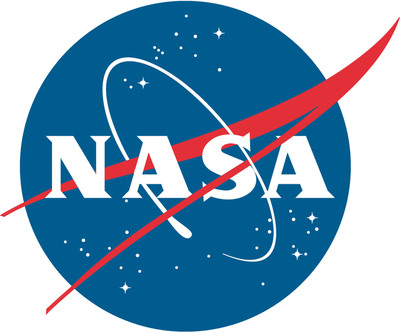
NASA Logo. (PRNewsFoto/NASA)
WASHINGTON, Jan. 13, 2014 /PRNewswire-USNewswire/ -- An experiment designed by Capitol Hill Cluster School in Washington is among the cargo which arrived to the International Space Station Sunday on the Orbital-1 cargo resupply mission.
(Logo: http://photos.prnewswire.com/prnh/20081007/38461LOGO)
Designed by seventh graders, the experiment, entitled "Bacterial Growth on Meat," is part of the NanoRacks-National Center for Earth and Space Science Education-Falcon II payload.
This experiment seeks to shed light on alternatives to freeze-dried food for space travel. Historically, salts were used to preserve meats to prevent bacterial growth. In this experiment, two pieces of meat -- one salted and one unsalted -- will help determine whether bacteria grow on meat in microgravity and if salt mitigates bacterial growth in microgravity.
Orbital-1 is NASA's first contracted resupply mission to the space station by U.S. company Orbital Sciences Corp. of Dulles, Va. Orbital's Cygnus spacecraft launched atop the company's Antares rocket from NASA's Wallops Flight Facility in eastern Virginia on Jan. 9. Expedition 38 crew members captured the Cygnus spacecraft using the space station's robotic arm at 6:08 a.m. Sunday, Jan. 12.
Orbital developed its Antares and Cygnus with NASA and successfully completed a test mission to the space station in September, enabling the first of eight planned contract resupply flights by the company. The capsule is scheduled to remain attached to the station through mid-January. It then will return for a destructive reentry in Earth's atmosphere.
The International Space Station is a convergence of science, technology and human innovation that demonstrates new technologies and makes research breakthroughs not possible on Earth. The space station has had continuous human occupation since November 2000. In that time it has been visited by more than 200 people and a variety of international and commercial spacecraft. The space station remains the springboard to NASA's next great leap in exploration, including future missions to an asteroid and Mars.
For more information about the Orbital-1 mission and the International Space Station, visit:
SOURCE NASA
RELATED LINKShttp://www.nasa.gov
| < Prev | Next > |
|---|







